Three reasons why NFTs are important
The non-fungible token market has been hot for some time, and many artists, game companies, and collectors are looking to enter the field. But what is the reason for all this taboo?
Cryptocurrency in its latest report seeks to answer the question of why so many people are trapped in the world of blockchain and cryptography? This space is compared to a baby’s traditional finance world; He cannot stand on his own two feet, he is still growing and trying to understand the issues around him. However, it is exciting to watch it evolve, to discover new territories and possibilities, and to see how it breaks down traditional rules and barriers.
The potential of this industry to see your most rebellious ideas and dreams come true is spectacular. But recently, more and more people are realizing a completely exciting and relatively new process: Non-fungible token (NFT).
The advent of blockchain and cryptocurrencies has opened the door for anyone to access value transfers anywhere. Then came Defi Decentralized Finance in 2020. Blockchain technology suddenly expanded to more complex financial uses, from business and insurance to savings, loans, and more. With Defi’s astonishing disruption and unlimited capacity, it’s no surprise that it became the biggest craze of 2020.
But when most people looked at Defy, a glowing black horse was growing in the shade. Non-fungible tokens are tokenized versions of a digital or non-digital asset. They represent non-fungible assets such as collectibles, works of art or real estate; The uniqueness and scarcity of these assets is their main feature.
This is what makes them special and attractive. Currencies, whether traditional Fiat currencies or cryptocurrencies such as Bitcoin or Stable Coins, are interchangeable and easily exchangeable. They are the equivalent of what you can buy.
A one-dollar bill in your pocket can be exchanged for a one-dollar bill in your spouse’s purse; One bitcoin unit can be traded with another bitcoin unit without losing anything. But non-fungible tokens are different. You can not exchange them as exchangeable assets; Because no two NFTs ever have the same unique features.
Non-fungible token first became popular in 2017; At the time, an Ethereum blockchain game called CryptoKitties motivated hundreds of people to collect, exchange, and even breed virtual cats. No cat in this game is the same as any other cat, and the game was so engaging that it transferred millions of dollars and attracted thousands of beginners to the world of cryptocurrencies.
The non-fungible token market remained stagnant after the cryptocurrency boom, until it began to grow rapidly in the second half of 2020. The projects achieved new records. Like the blockchain-based sports card of Paris Saint-Germain striker Kylian Mbappé, which sold for $ 66,850. Meanwhile, such sales, with multi-million dollar sales such as a work called “Crossroad” by the famous artist Beeple, have forgotten the previous ones.
Uses of Non-fungible token include a variety of assets: virtual collections, game items, digital artwork, events, real estate, identity documents, certificates, and more. NFTs open up new revenue streams and opportunities for artists, game designers, musicians, and others; But why engage in non-fungible token instead of real and non-tokenized versions of these unique and rare assets? There are three reasons: NFTs provide proof of authenticity, ownership, and transferability.
Originality

Non-fungible token standardization and the precise characteristics of its smart contracts make each of them unique and authentic. Users know that there is only one number for each Non-fungible token; Therefore, they cannot be copied or imitated. The probability of encountering something counterfeit is zero. The transparency of blockchain technology means that authenticity can be verified and proven.
Counterfeiting is a big problem for many industries such as art or luxury brands; The Cointelegraph website writes:
blockchains, which generate non-fungible tokens, counteract counterfeiting and reassure buyers that they are getting what they owe.
The Coindesk website also reports that Louis Vuitton, the owner of the famous Louis Vuitton brand, has boarded a non-fungible token wave and is preparing a blockchain to prove the authenticity of its luxury goods.
The goal is for products to receive non-fungible tokens to verify their authenticity. The life cycle of a handbag will also be traceable from the crocodile farm to the store where it was sold, and the many subsequent owners who bought and sold it.
Ownership

Blockchain technology allows people to really own what they own. It should be noted here that NFTs can only be traded and transferred by the owner (or owners) of the asset because of smart contracts and related rights. This means that even the issuer of a non-fungible token cannot copy or transfer it without the permission of its owner.
Gamers have been trading currencies and virtual assets for years; From Fortnite character skins to the gold of World of Warcraft. But in a traditional game, you do not really own anything in the virtual world, because its economy is limited to a closed market.
You may have to pay $ 60 to get a license for a program, play with it for a month, finish the game, and set it aside without getting caught. In other words, you can not exchange currency or in-game goods for Fiat currencies, nor can you take it with you to another game, because you do not really own it.
But in the world of blockchain games, you have all the in-game tokenized assets (in the form of non-fungible tokens) in your wallet and you can trade, fight, fight or compete with them in several games.
You own and control all of these assets, from an enchanted sword to shells or currencies in the game. In one panel at the 2020 Futurism Conference entitled “Futures of Games and Non-fungible Tokens,” Dr. Jesse Reich, CEO of Splinterlands, explained how asset ownership is like a one-way street:
The moment you start taking possession of their swords, armor, characters, and custom attributes, the idea that you will later play with them in another game and spend hundreds or thousands of dollars, but you do not own any of these things, will no longer appeal.
Mik Naayem of Dapper Labs agrees. He says that when users experience uniqueness, scarcity and ownership in a virtual world, paying cash in regular games will no longer appeal to them.
Transferability

Because non-fungible tokens are decentralized, there is no need for a central entity to issue them and they are much easier to move. This allows users to enter peer-to-peer interaction, exchanges, and peer-to-peer specialized stores without the presence of cumbersome third parties.
Following the example of the game mentioned above, NFTs solve the problem of monopoly in traditional games, because the assets can be easily transferred for use in various blockchain games. Because assets created or purchased by you belong to you and not the game developer, these assets can be transferred between different worlds and can be moved from one game to another. The portability of these assets means that these tokens allow millions of people to access them and can be traded in cryptocurrencies.
Conclusion
Non-fungible tokens are exciting because they work beyond money. They make room for themselves in the human habit of collecting things that arouse passion or entertainment. Another reason for their attractiveness is that they represent special and rare items; But they have a greater function, because the owners of the goods know that these items are genuine and easily transferable, and that they really own them. Non-fungible tokens provide extensive possibilities for real and virtual assets. They have opened up opportunities for creators and new revenue streams in the fields of games, arts, sports and technology.
The current cryptocurrency market is heavily centered around bitcoin and cryptocurrency trading and mining. But the industry needs to move away from this to encourage mass acceptance. Non-fungible tokens have the ability to capture people’s hearts and minds and can direct them to the blockchain space in a way that interchangeable currencies have never been able to.
Familiarity with the world of cryptography through entertainment channels makes it easier for novice users to access and understand the value that blockchain and decentralization technology can provide. So if you are not ready to enter the interchangeable part of the crypto world, how do you set foot in the land of non-fungible tokens? Spend your interest in digital art, games and sports where it really matters to you.
Three reasons why NFTs are important

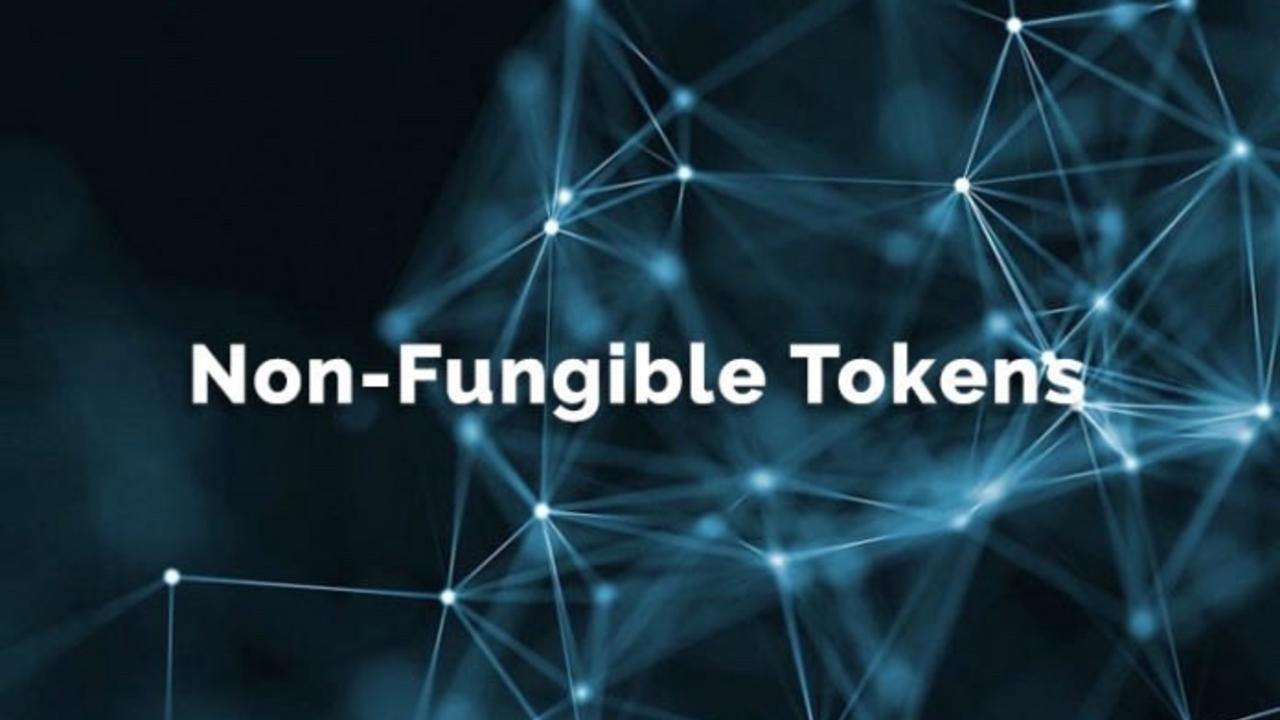

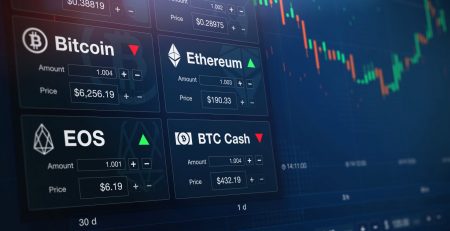
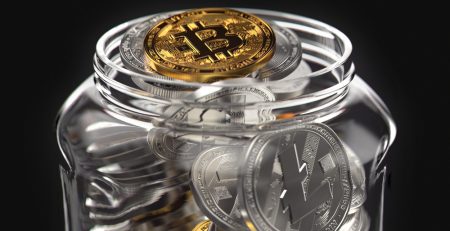
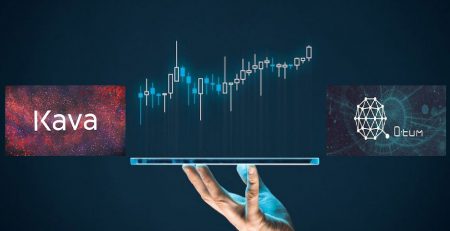

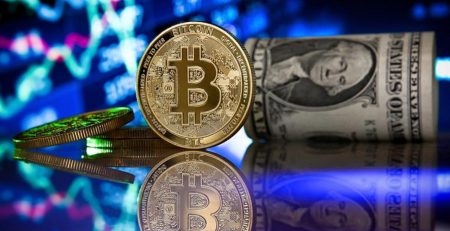
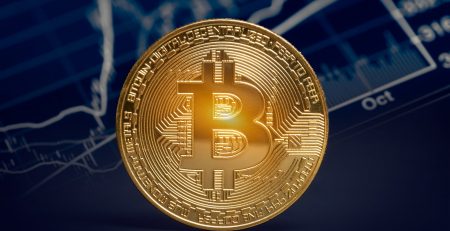

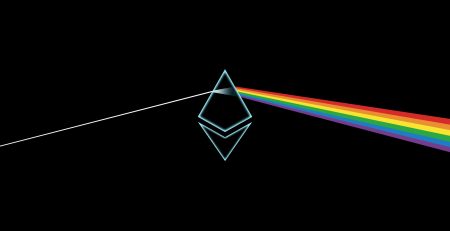
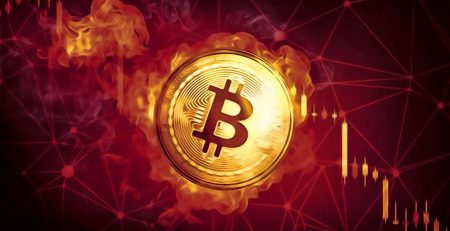

Leave a Reply